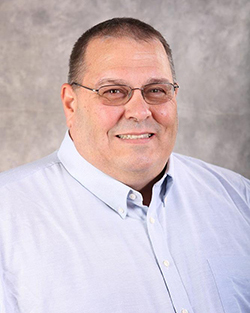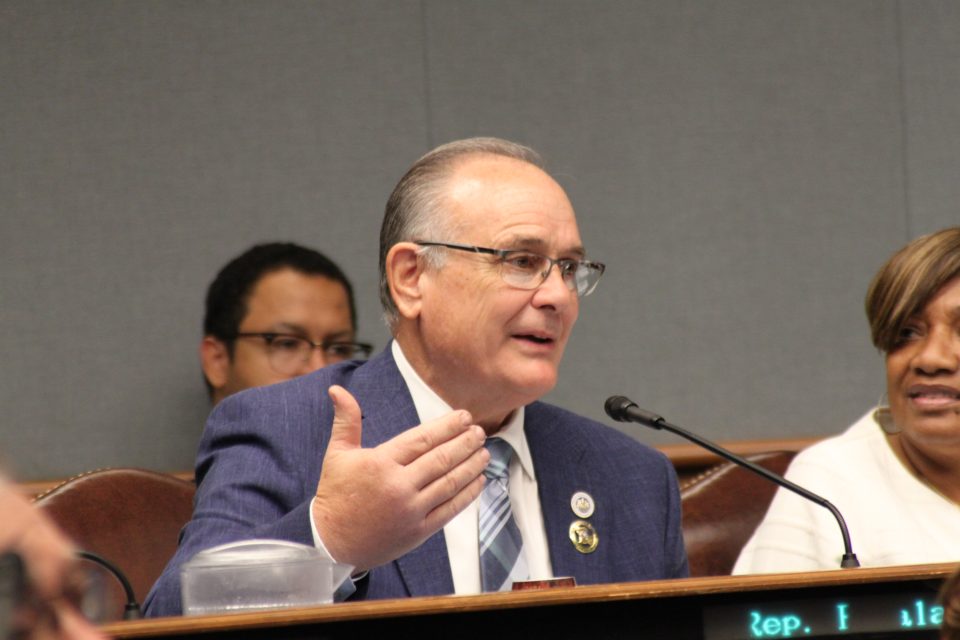
TPSO: Domestic Violence Incidents, Suicide Attempts Categories show Few Changes during COVID-19 Emergency
April 17, 2020
More than $10,000 Raised for Memorial Scholarship Honoring Rep. Bagala
April 17, 2020Yesterday evening, President Donald Trump presented his plan for reopening the country. The three-phase plan entitled “Opening Up America Again” is based on empowering governors of individual states to make decisions based on the state’s data. Governors can begin phased openings either statewide or county-by-county. (Or parishes in our case!) States must satisfy a checklist of criteria showing COVID-19 cases in the state are decreasing before starting the plan and must show further improvements to move on to the next phases.
Trump has targeted May 1 as the date to begin reopening the country.
“We are not opening all at once but one careful step at a time,” Trump said, indicating each state should create its own reopening plan. “If they need to remain closed, we will allow them to do that.”
The guidelines for each phase include a sustained decrease in cases over each 14-day period.
Phase one allows for the opening of large venues, including restaurants, sporting venues, places of worship, and gyms, as long as they can operate under social distancing guidelines. Elective surgeries may resume. At this phase, it is still recommended that schools which are already closed, stay closed. Bars should also remain closed. Minimize travel still at this phase. Socializing should be in groups of 10 or less, while still practicing social distancing.
Both phase one and two suggest that vulnerable individuals continue to shelter in place, isolating themselves from those who will be returning to work.
Phase two would occur 14-days after phase one, in states with no evidence of a rebound.
This phase allows for the return of non-essential travel and gatherings of less than 50 people, while still practicing social distancing. Schools and day camps can reopen. Large venues may operate under moderate physical distancing protocols. Bars may operate with less occupancy.
Phase three would occur 14 days after phase two, or 28 days after phase one. This phase allows area to return to the “new normal” way of life, with individuals adhering to increased personal hygiene and limited distancing protocols.
In Louisiana, Governor John Bel Edwards yesterday announced the creation of a task force to help guide him on the process of reopening our state. He has stated that he plans to get elective surgeries opened back up first. Louisiana currently does not meet the threshold for phase 1. But the governor has high hopes that by the time May 1 rolls around, we will satisfy all the requirements.
The Governor has also stated that there will be restrictions into the foreseeable future, such as distancing and the wearing of PPE, like face masks.
Here on the bayou, Terrebonne and Lafourche parish leaders echoed the governor’s sentiments that decisions will be made closer to April 30.
“I think we will hold steady until [April] 30th,” shared Lafourche Parish President Archie Chaisson. “If we have waited four and a half weeks, I would hope there’s no big rush to jump back into it and not be safe. I’m very optimistic we will see more soft openings come April 30.”
Chaisson shared that he feels Lafourche will start with the soft openings of barber shops and beauty salons and the smaller professional offices such as architects and engineers. He does not anticipate seeing bar rooms or casinos opening in the first phase. “I think that’s where we would see the greatest number of people come in and we would see some spikes [in cases],” he said.
Lafourche is also focused on their public buildings and getting things like court back up and running.
“I’m looking not only what’s happening here in Lafourche, but all around us, because we have so much crossover between the parishes. I’m looking at it from a regional standpoint, which includes Terrebonne, St. John, St. Charles. I don’t want to do something that will trigger something for another parish.”
Chaisson also shared he will probably strongly recommend the public wear some kind of face protection, like a face mask, when business begin to open back up.
In Terrebonne Parish, President Gordon Dove feels as though April 30 will be the date for his parish as well.
“Our numbers are looking good,” shared Dove. “I feel like we are on a curve down, pending the results in the next few days because of people not staying home over Easter. The hospital beds are low; those are the numbers I’m really looking at. Those are your serious patients that we look at as well.”
Echoing Chaisson’s statement, Dove too feels he will mandate or “highly, highly recommend” that people wear masks for at least two weeks after Terrebonne businesses start opening.
While Dove is ready to see businesses thriving again, he recognizes the need to move slowly, while placing our citizen’s health and safety first. He stated businesses will likely be able to open back up, but at lower capacity numbers at first.
“I would like businesses, like restaurants, start with maybe 20 percent capacity,” Dove said. “That way you can separate your tables. And we can go from there… 20, 40, 50, then eventually full capacity. It would be nice to see 100 percent right away, but I don’t want that, not when I’m in charge of protecting people’s health. Let’s just work our way into that.”
Dove said our ability to open businesses back up will also depend on our people.
“As a parish, now we need people to stay their distance and be careful,” he said. “That’s what will tell the tale as to when we can get back open.”











